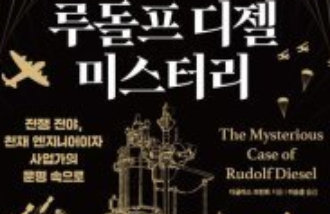Hyunmoo missile fails for the second time
Hyunmoo missile fails for the second time
Posted October. 06, 2022 07:51,
Updated October. 06, 2022 07:51
A Hyunmoo-2C ballistic missile fired from a military base in Gangneung on Tuesday malfunctioned and crashed into the ground.
The accident occurred during a joint Korea-U.S. surface-to-surface missile fire drill that involved four firing of Army Tactical Missile System (ATACMS) and one Hyunmoo-2C missile aimed to respond to North Korea's intermediate-range ballistic missile. The incident caused the combustion of the missile propellant, resulting in a fire, but the warhead did not explode. Nearby residents, awakened by the loud noise and light, lay awake in fear all night. Military authorities belated the accident on Wednesday morning, apologizing for "causing surprise."
The incident is a tragic failure in that the Hyunmoo-2 missile, one of the Korean army's most potent tactical missile systems capable of reaching up to 1,000 kilometers, is a crucial kill chain weapon to counter North Korean nuclear weapons. In September 2017, one of two Hyunmoo-2A missiles, fired in a drill held after a North Korean intermediate-range ballistic missile was fired, crashed in the East Sea just seconds after it was fired. One could not help but feel concerned about military capabilities to defend the country from North Korea's threats. It is crucial to investigate and overhaul weapon and equipment management thoroughly.
The military's late response after the incident occurred is more concerning. Residents who panicked from the fire, smoke, and noise in the middle of the night called fire and police stations. However, the military authorities did not even guide the drill. Even a local lawmaker criticized the military authorities for not sending a text message. The military stressed that the weapons proved our capability to counter North Korean threats, highlighting the success of ATACMS and the air force's precision bombing. However, the missile failure and lack of communication only raised criticism that it caused public anxiety instead of threats to North Korea.
We know that military authorities cannot respond all the time ideally. North Korea has advantages as a first mover in provocation but must risk disadvantages in response. If our capabilities to defend ourselves from the North are not up to par, this only proves that we failed in psychological warfare. We live in precarious times where a U.S. nuclear-powered aircraft that left Korea after the joint drill changed course and is returning to Korea. We should not repeat such mistakes, and better prepare ourselves to counter North Korean threats.




![뜯은지 6개월 지나면 버려야…빨래 악취 원인은 ‘이것’ [알쓸톡]](https://dimg.donga.com/c/138/175/90/1/wps/NEWS/IMAGE/2025/12/04/132902127.3.jpg)


